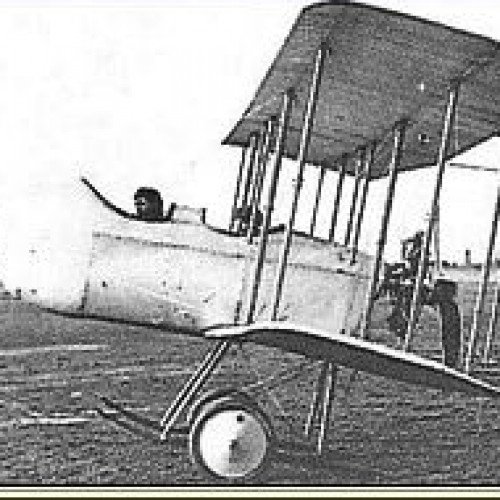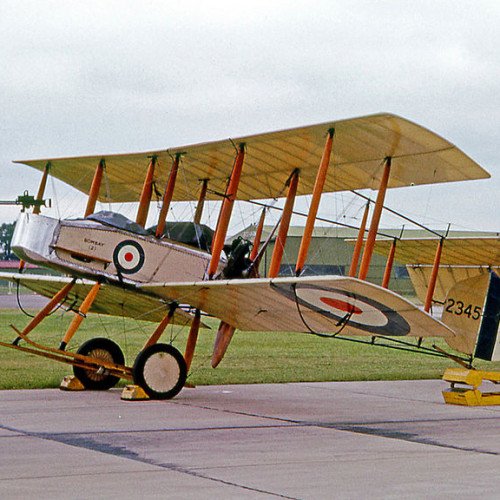Vickers E.F.B.3 vs Vickers F.B.5

Vickers E.F.B.3
In December 1913, a third Vickers Experimental Fighting Biplane, the E.F.B.3, made its debut. The slight overhang of the top wing was eliminated to result in an equi-span biplane, the fuselage nacelle underwent further redesign, the celluloid windows being eliminated, and, most important, ailerons on both upper and lower wings supplanted the wing-warping control of its predecessors. The 100hp Gnome Monosoupape rotary was retained as was also the 7.7mm Vickers gun. Displayed at the Aero Show held at Olympia in 1914, the E.F.B.3. was the subject of an order from the Admiralty for six aircraft placed in December 1913. This contract was subsequently taken over by the War Office, the six aircraft embodying a number of modifications - at least one was fitted with an eight-cylinder Vee-type 80hp Wolseley engine - and being referred to as the Vickers No (or Type) 30. These were to lead in turn to the E.F.B.5 and F.B.5 Gunbus.
Statistics for this Xoptio

Vickers F.B.5
The Vickers F.B.5 (Fighting Biplane 5) (known as the "Gunbus") was a British two-seat pusher military biplane of the First World War. Armed with a single .303 in (7.7 mm) Lewis gun operated by the observer in the front of the nacelle, it was the first aircraft purpose-built for air-to-air combat to see service, making it the world's first operational fighter aircraft.